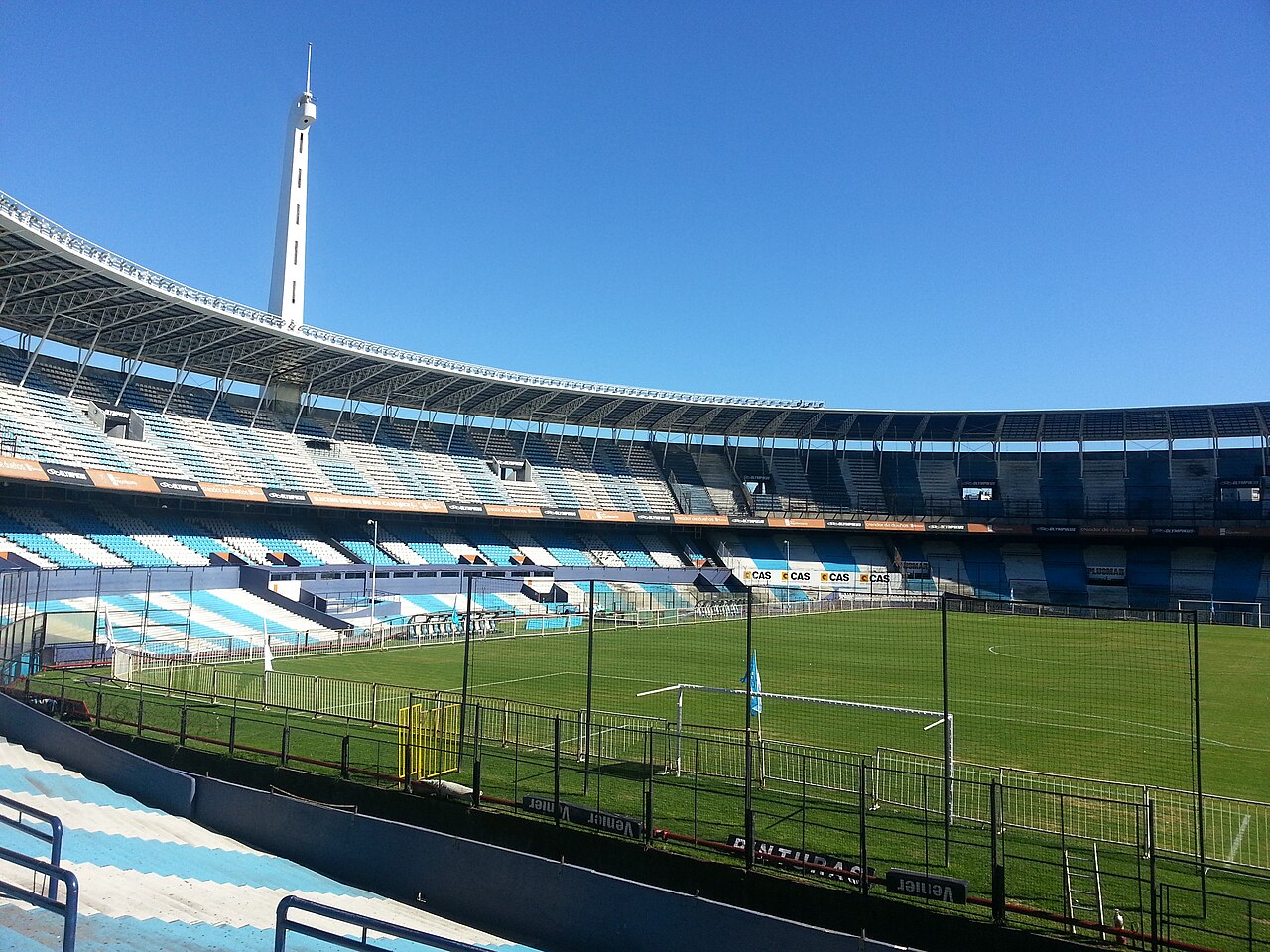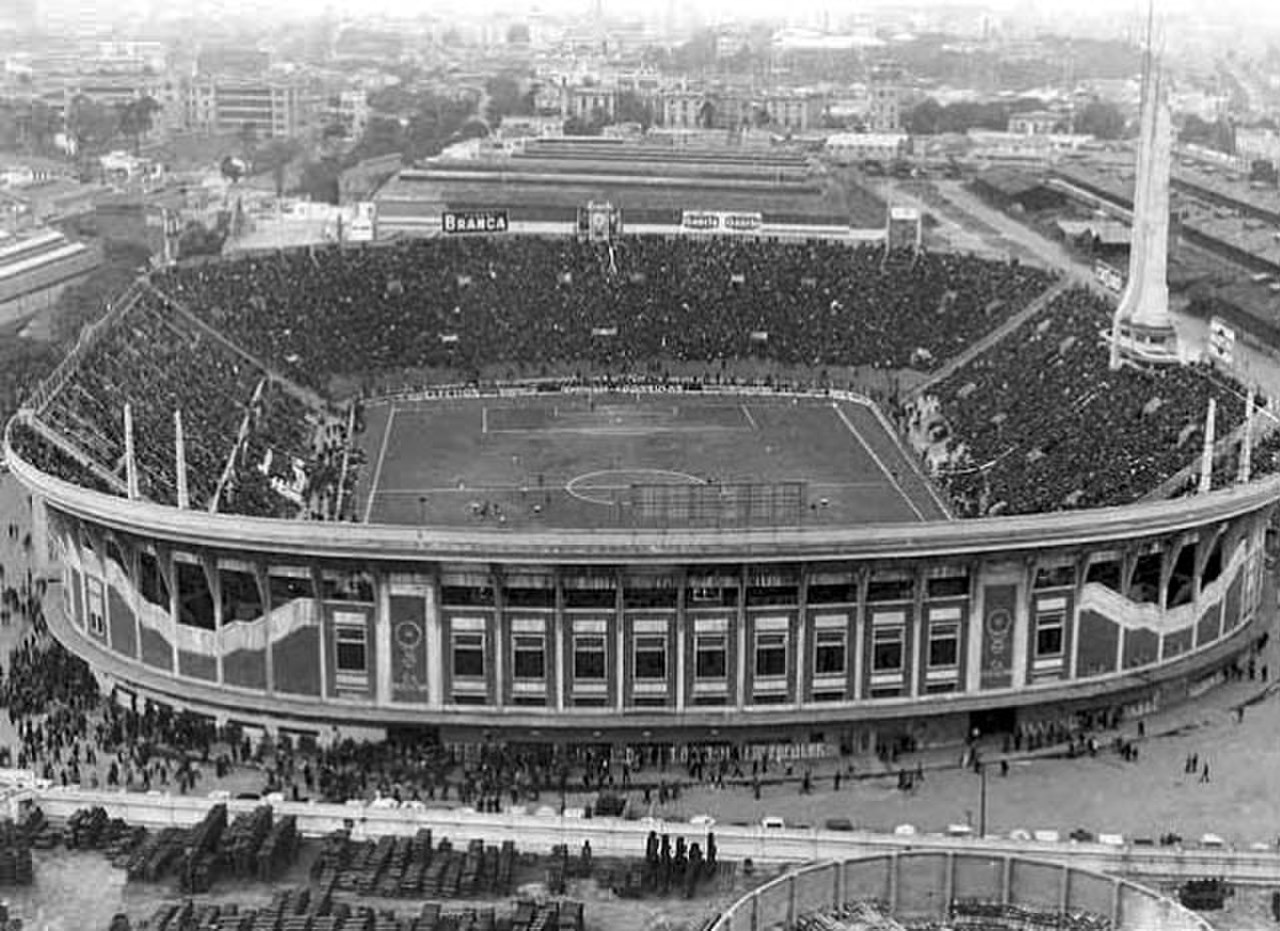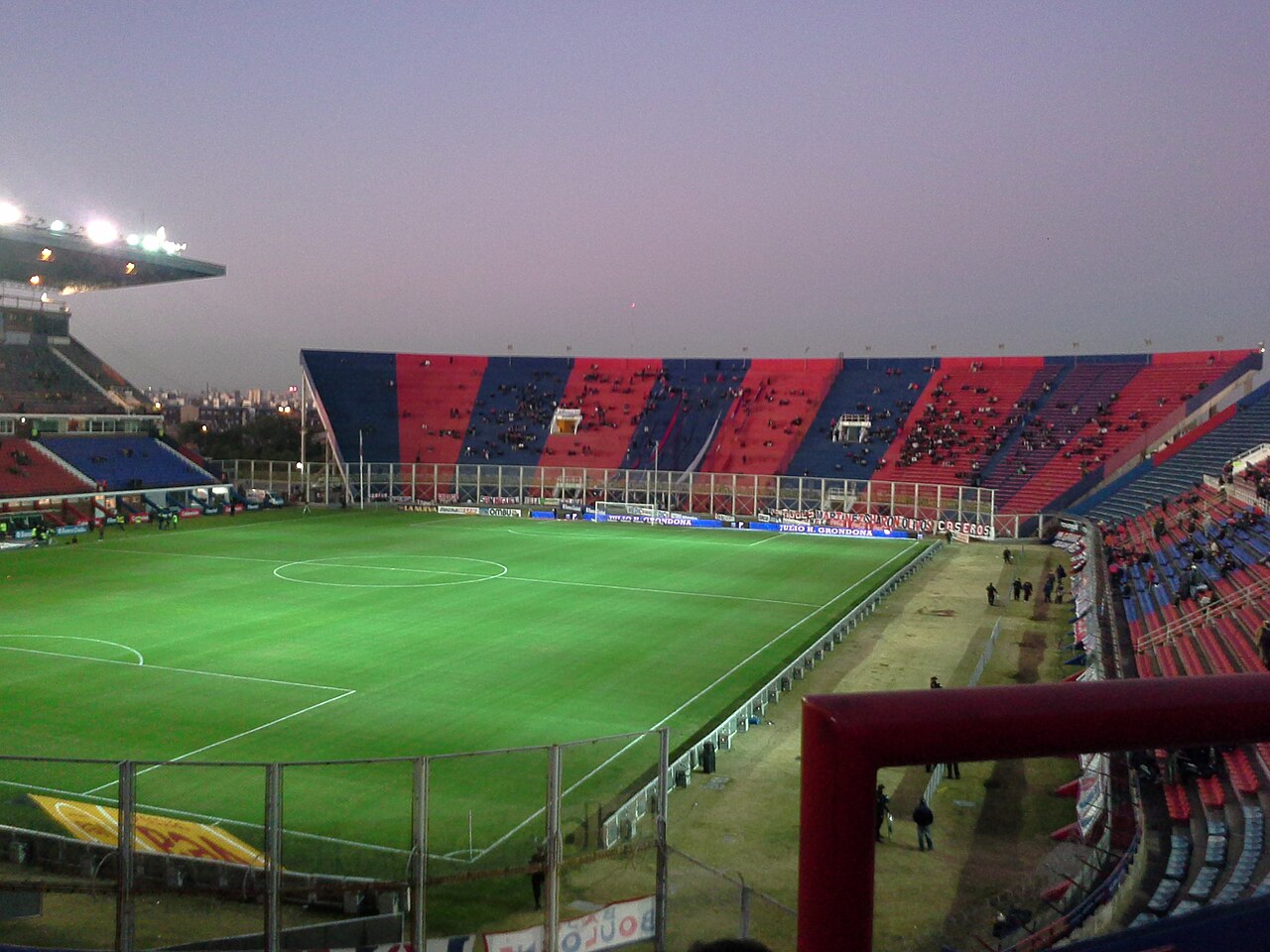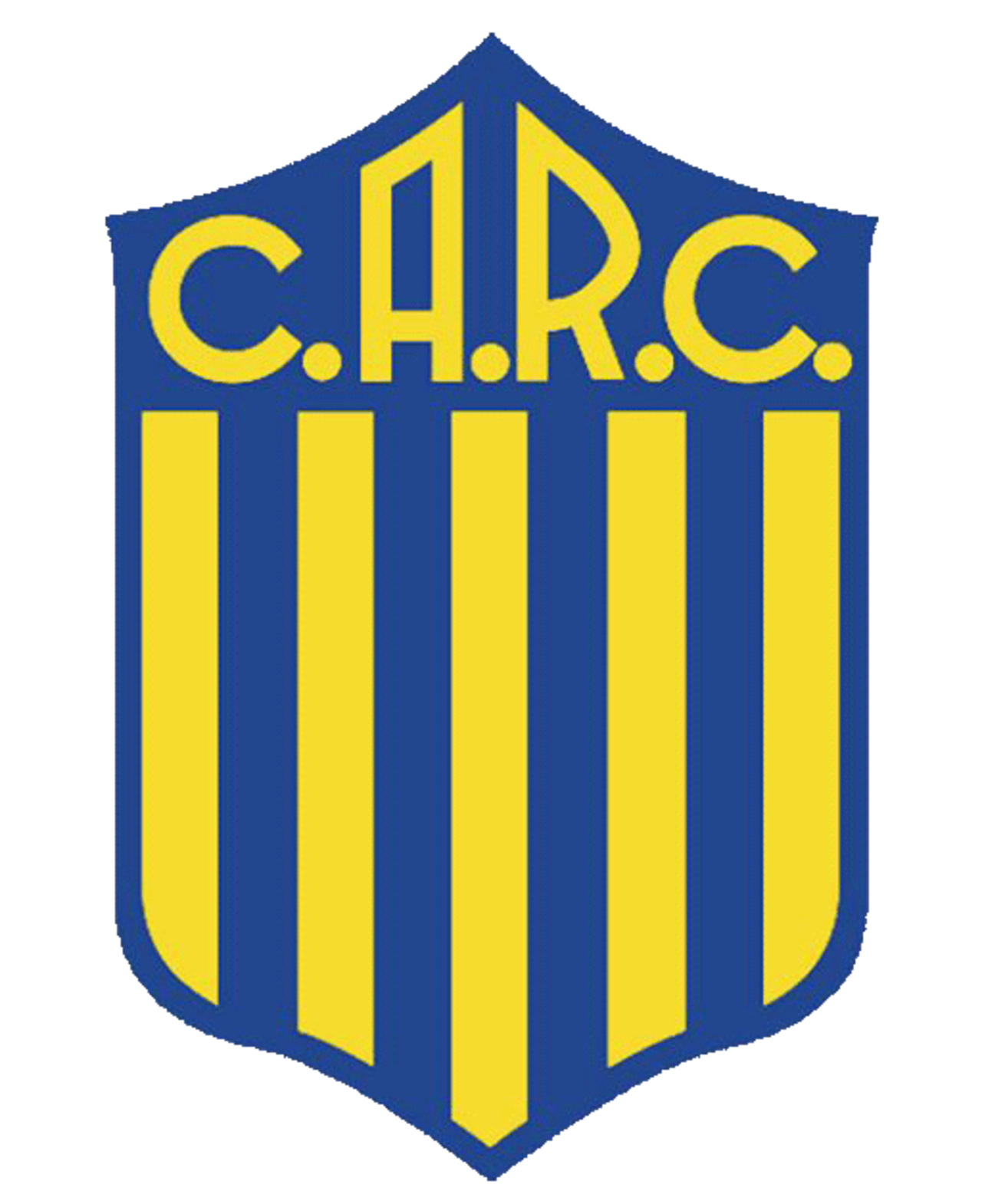Embark on a captivating expedition through the heart of Argentina’s sporting realm and discover the undeniable allure of its top ten stadiums. These magnificent arenas, including Estadio Presidente Juan Domingo Peron and Estadio Alberto J. Armando, epitomize the essence of athletic excellence and cultural grandeur. With their awe-inspiring architecture and rich historical heritage, these stadiums serve as tangible testaments to Argentina’s unwavering passion for sports. From Estadio Mario Alberto Kempes, hallowed ground that witnessed legendary moments, to the Estadio Unico Diego Armando Maradona, a shrine dedicated to football‘s most iconic enigma, each arena encapsulates the nation’s undying love affair with the beautiful game. Step into the realm of Estadio Jose Amalfitani, Estadio Tomas Adolfo Duco, Estadio Ciudad de Lanus Nestor Diaz Perez, Estadio Pedro Bidegain, Estadio Marcelo A. Bielsa, and Estadio Gigante de Arroyito for an immersive experience that transcends time and ignites the spirit of sportsmanship within.
1. Estadio Presidente Juan Domingo Peron

The Estadio Presidente Juan Domingo Perón, also known as El Cilindro de Avellaneda, is a football stadium located in the vibrant Avellaneda district of Greater Buenos Aires, Argentina. With a seating capacity of 61,000, it stands as a monumental structure that embraces the passion and excitement of the beautiful game. Originally designed by skilled German engineers, some of whom contributed to the post-war architectural reconstruction, this stadium holds a unique charm.
As the home venue of Racing Club, the stadium holds great significance in the local community. Its rich history dates back to 1950 when it replaced the Estadio Alsina y Colón, which had closed its gates in 1947. Known for its iconic roof grandstands, the Estadio Presidente Juan Domingo Perón was the first stadium of its kind, adding a touch of modernity and comfort for the spectators.
Its location amplifies its allure, nestled amidst the bustling streets and vibrant culture of Avellaneda. The stadium proudly stands as a symbol of pride and unity, offering an extraordinary home ground for the loyal supporters of Racing Club. The deafening roars and electrifying energy that encompass the stadium during match days create an atmosphere that is truly unparalleled.
In the heart of South America, this football sanctuary beckons fans from near and far, inviting them to witness the mesmerizing skill, unwavering dedication, and the unity of the passionate Racing Club community. From the awe-inspiring architecture to the rapturous cheers of the crowd, the Estadio Presidente Juan Domingo Perón leaves an indelible impression on all who have the privilege to step foot within its hallowed grounds.
2. Estadio Alberto J. Armando
Estadio Alberto J. Armando, better known as La Bombonera, is an iconic football stadium nestled in the vibrant neighborhood of La Boca, Buenos Aires, Argentina. With its unique shape resembling a chocolate box, La Bombonera stands proud as the home ground of Boca Juniors, one of Argentina’s top football clubs with an astounding 16 million fans. Boasting a seating capacity of 59,000, this historic stadium is not just a venue for thrilling football matches, but a symbol of passion and pride ingrained in the local community.
The significance of La Bombonera goes beyond its impressive capacity. The stadium’s distinct architecture grants it exceptional acoustics, creating an electrifying atmosphere known as “La Doce” among the fervent Boca supporters. Recognized by the Government of Buenos Aires autonomous city as a place of public interest, Estadio Alberto J. Armando is considered one of the most renowned stadiums worldwide.
Beyond its football legacy, La Bombonera serves as a versatile concert venue, hosting legendary performers like Lenny Kravitz, Elton John, and the Backstreet Boys. Its rich history and the ever-growing Boca Juniors fanbase make every visit to Estadio Alberto J. Armando a mesmerizing experience, where the echoes of triumph and the chants of devoted supporters merge to create a spectacle that words can hardly capture.
3. Estadio Mario Alberto Kempes
Located in the Chateau Carreras neighborhood of Córdoba, Argentina, Estadio Mario Alberto Kempes stands tall as an iconic sporting venue in South America. Originally built in 1976 for the prestigious FIFA World Cup, this stadium has come a long way since its inception. With a seating capacity of 57,000, Estadio Mario Alberto Kempes holds its place as the third largest stadium in Argentina. It has witnessed countless thrilling football matches, bringing together passionate fans from all walks of life. This stadium has become a symbol of pride for the local community, as it not only hosts the matches of renowned football teams like Talleres, Belgrano, Instituto, and Racing, but also serves as the hallowed ground for the Argentina national football team. Beyond football, Estadio Mario Alberto Kempes has also played host to special stages of motorsport events, further cementing its status as a versatile venue. After undergoing a significant remodeling process in 2010 and 2011, the stadium now offers improved facilities and seating arrangements to ensure an unforgettable experience for spectators. The magic of Estadio Mario Alberto Kempes is truly a sight to behold, capturing the essence of the beautiful game and leaving an indelible mark on all those who step foot within its hallowed walls.
4. Estadio Unico Diego Armando Maradona
Estadio Unico Diego Armando Maradona, nestled in the vibrant city of La Plata, Argentina, is a mecca for football enthusiasts in South America. With a seating capacity of 53,000, this majestic stadium stands tall as a testament to the passion and love the local community has for the beautiful game.
Since its inception, the stadium has been an emblem of sporting excellence, witnessing countless memorable moments that have left fans in awe. The history and heritage of Estadio Unico Diego Armando Maradona date back to its construction in [year], and it has since become an icon within the footballing world.
Beyond its architectural grandeur, the stadium holds immense significance for the local community. It serves as a meeting point for fans of all ages, fostering a sense of unity and camaraderie among the passionate supporters. This hallowed ground has witnessed historic victories, heart-wrenching defeats, and moments of pure magic that have etched themselves into the hearts of La Plata’s football fanatics.
Estadio Unico Diego Armando Maradona not only provides a platform for top-tier football matches but also hosts a variety of high-profile events and concerts, further cementing its status as a cultural hub. Its fame has transcended borders, drawing spectators from far and wide to experience the electric atmosphere and immerse themselves in a world where dreams come alive on the pitch.
As the sun sets, casting a golden glow over the shimmering facade of the stadium, the air hums with anticipation, ready to seize the next chapter of football history. Estadio Unico Diego Armando Maradona stands tall as a testament to the unwavering passion and love for the game, forever etching its name among the great footballing cathedrals of the world.
5. Estadio Jose Amalfitani
Estadio José Amalfitani, located in the vibrant Liniers neighborhood of Buenos Aires, Argentina, stands proudly as a symbol of passion and glory. As the home of the renowned Primera División club Vélez Sarsfield, this hallowed ground is affectionately known as El Fortín de Liniers or Vélez Sarsfield. Named in honor of the legendary José Amalfitani, who served as the club’s president for an astounding 30 years, the stadium holds a special place in the hearts of both players and fans alike.
Steeped in history, the Estadio José Amalfitani first emerged in the early 1940s, initially as a temporary structure crafted from wood. However, this beloved haven for football aficionados was later reborn and recreated in solid cement between 1947 and 1951, showcasing its unwavering commitment to greatness. Renovated and expanded a mere 26 years later for the prestigious 1978 FIFA World Cup, the stadium gleams with an irresistible charm, captivating all who have the privilege to witness its grandeur.
With a seating capacity of 49,540, the Estadio José Amalfitani is a majestic colossus, able to accommodate a multitude of passionate supporters yearning for triumph. While seats might not be provided for all spectators, the electric atmosphere generated within these hallowed walls is nothing short of magical.
An icon beyond the realm of football, this remarkable establishment also serves as the national stadium for the revered Argentina national rugby union team, Los Pumas. It is here, amidst the adoring cheers and chants, that the team mesmerizes the nation with their unwavering grit and unyielding determination. The Estadio José Amalfitani also plays host to the Jaguares, a powerhouse team competing in the prestigious Super Rugby league since 2016, solidifying its status as a sanctuary for true sporting brilliance.
Nestled in close proximity to the Liniers railway station, this captivating dwelling unites sports enthusiasts from far and wide, cementing its significance within the local community. As a testament to the enduring spirit of Argentine sportsmanship, the Estadio José Amalfitani stands tall, a beacon of excellence and unwavering devotion.
6. Estadio Tomas Adolfo Duco

The Estadio Tomas Adolfo Duco, nestled within the vibrant Parque Patricios neighborhood of Buenos Aires, stands as a majestic monument of athletic prowess. Home to Club Atlético Huracán, this iconic football stadium has been witness to countless displays of passion and skill since its inauguration in 1924. With a seating capacity of 48,000, the Estadio Tomas Adolfo Duco reverberates with the thunderous cheers and chants of devoted fans, creating an electrifying atmosphere like no other. Renowned for its rich history and deep-rooted connection to the local community, the stadium holds a special place in the hearts of both supporters and players alike. Named after the esteemed lieutenant colonel Tomás Adolfo Ducó, who played a pivotal role in its reconstruction during the 1940s, this hallowed grounds serves as a testament to his enduring legacy. As fans fill the stands, they become part of a vibrant tapestry of roaring excitement and unwavering loyalty, becoming immersed in the fabric of this unforgettable sporting arena.
7. Estadio Ciudad de Lanus Nestor Diaz Perez
Estadio Ciudad de Lanus Nestor Diaz Perez, located in Lanus, Argentina, South America, is a renowned football stadium that holds a seating capacity of 47,000 spectators. With its striking architectural design and state-of-the-art facilities, it stands as a symbol of the passion and love for football in the local community.
The stadium has a rich history, first opening its doors to fans in [Year]. Since then, it has been a witness to countless exhilarating matches, showcasing the skill and excitement of the beautiful game. This historical significance has only deepened the connection between the stadium and the dedicated football enthusiasts in Lanus.
Situated in the heart of the city, the stadium is a hub of energy and anticipation on match days. The vibrant atmosphere, coupled with the roar of the crowd, creates an electrifying experience that leaves a lasting impression on all who attend. It serves as a gathering place, uniting people from all walks of life in support of their beloved team.
Beyond the thrill of the game, the stadium holds a special place in the community’s heart. It serves as a symbol of pride and identity, reflecting the spirit and determination of the local people. The Estadio Ciudad de Lanus Nestor Diaz Perez has become an integral part of the social fabric, providing a sense of belonging and unity.
In conclusion, Estadio Ciudad de Lanus Nestor Diaz Perez is not just a football stadium with an impressive seating capacity; it is a beacon of passion, camaraderie, and the power of sports to bring people together. This iconic venue continues to inspire and captivate the hearts of both players and fans alike.
8. Estadio Pedro Bidegain

Estadio Pedro Bidegain, affectionately known as El Nuevo Gasómetro, stands proudly as the revered home stadium of Club San Lorenzo in the vibrant Bajo Flores neighborhood of Buenos Aires, Argentina. With a seating capacity of 47,000 passionate fans, this architectural masterpiece holds within its walls a rich history that resonates with the local community.
Replacing the beloved Viejo Gasómetro, which was seized by the military government in 1979, Estadio Pedro Bidegain came into being in response to San Lorenzo’s unwavering spirit. Constructed as a symbol of resilience and determination, this captivating stadium stands as a testament to the unwavering devotion of both the club and its fans.
Situated in the heart of Buenos Aires, Estadio Pedro Bidegain holds a profound significance for the local community. It serves as a sanctuary where dreams are realized and emotions run wild. Match after match, the echoes of exhilaration reverberate throughout the stunning architecture, uniting fans through a shared intensity and unwavering support for their beloved team.
Beyond its storied past and unprecedented atmosphere, Estadio Pedro Bidegain stands as a monument to football excellence. The impeccable design ensures that every fan experiences unrivaled comfort and excitement. From the state-of-the-art facilities to the meticulously crafted seating arrangements, every aspect of this stadium has been carefully curated to provide an unforgettable experience for both players and spectators alike.
Estadio Pedro Bidegain is not merely a football arena; it is the heart and soul of a community that thrives on the energy of the beautiful game. With every roar of the crowd and every goal celebrated, this remarkable stadium continues to forge a lasting bond between San Lorenzo and the passionate football enthusiasts of Argentina.
9. Estadio Marcelo A. Bielsa
Estadio Marcelo A. Bielsa, located in the vibrant city of Rosario, Argentina, is a football stadium that stands as a beacon of passion and excitement in South America. With its seating capacity reaching an impressive 42,000, it provides an exhilarating atmosphere for fans to cheer on their beloved teams.
The history of Estadio Marcelo A. Bielsa dates back to its construction in the early 1900s, with subsequent renovations and expansions over the years to enhance the spectator experience. This iconic stadium has become deeply ingrained in the local community, not only serving as a battleground for thrilling football matches but also as a cultural hub that brings people together.
The significance of Estadio Marcelo A. Bielsa extends far beyond the boundaries of sport. It serves as a symbol of unity and pride, capturing the hearts of fans and instilling a sense of belonging within the city. It is a place where dreams are realized, rivalries ignite, and unforgettable memories are made.
Stepping into the Estadio Marcelo A. Bielsa is an immersive experience like no other, as the energy of the crowd pulsates through the stands and the echoes of chants and cheers reverberate across the stadium. It is a testament to the enduring power of the beautiful game and a testament to the unwavering dedication of the fans who fill these hallowed grounds.
Estadio Marcelo A. Bielsa is not just a football stadium; it is an embodiment of Rosario’s passion, pride, and unwavering love for the game. Experience the magic, immerse yourself in the electric atmosphere, and witness the heart-pounding moments that make this stadium an unforgettable destination for football enthusiasts and seekers of sporting excellence.
10. Estadio Gigante de Arroyito

Estadio Gigante de Arroyito, located in the vibrant city of Rosario, Argentina, is a football stadium that encapsulates the passion and excitement of this beautiful game. Proudly owned by club Rosario Central, this iconic venue has earned its name, which translates to “Giant of Arroyito,” for good reason.
Since its inauguration on November 14, 1926, Estadio Gigante de Arroyito has become an integral part of the local community, attracting devoted football fans from near and far. With a seating capacity of 41,000, this stadium sets the stage for thrilling matches where every cheer and roar reverberates through its stands.
Not only has Estadio Gigante de Arroyito witnessed the pinnacle moments of Rosario Central’s football legacy, but it has also been honored to welcome the Argentina national football team on numerous occasions. As a venue for both the 1978 FIFA World Cup and the 1987 Copa América, this stadium has hosted historic battles that have etched themselves into the annals of football history.
Situated in the heart of the Arroyito neighborhood, the stadium holds a special place within the hearts of the locals. It stands as a symbol of unity, where the vibrant colors of the club come to life, and dreams take flight. Estadio Gigante de Arroyito is more than just a venue; it represents the undying spirit of the community and the shared love for the beautiful game.
Whether it’s the thunderous cheers echoing through the stands or the electrifying atmosphere that envelops every match, Estadio Gigante de Arroyito promises an unforgettable experience for all who enter its hallowed grounds. Step into this football cathedral, and you’ll be transported to a world where passion and victory reign supreme.
In essence:
In the land of passion and prowess, our exploration of Argentina’s legendary stadiums reaches its crescendo. These captivating coliseums have not only witnessed breathtaking spectacles but have also etched themselves into the very soul of the nation. As we bask in the glory of the heart-stirring structures, the thunderous cheers, and the historic triumphs, it becomes apparent that each stadium holds a special role in Argentina’s magnificent tapestry. From the majestic Estadio Presidente Juan Domingo Peron to the iconic Estadio Alberto J. Armando, from the formidable Estadio Mario Alberto Kempes to the vibrant Estadio Unico Diego Armando Maradona, each venue resonates with its unique blend of spirit and fervor. The Estadio Jose Amalfitani, Estadio Tomas Adolfo Duco, Estadio Ciudad de Lanus Nestor Diaz Perez, Estadio Pedro Bidegain, Estadio Marcelo A. Bielsa, and Estadio Gigante de Arroyito stand tall as symbols of unwavering love for the game. As we bid our final farewell, let the legacy of competition, unity, and cherished memories reverberate within these hallowed grounds, connecting us through the ages. Until the next kick-off, may these stadiums remain steadfast beacons of passion, unity, and the eternal love for sport.
Ready to dive into the world of sports diversity? If you enjoyed the blog, click here to explore iconic stadiums from Tanzania, South Korea, Denmark.
With a decade of experience in sports journalism, Juan Garcia is a seasoned observer of sports stadiums. His insightful articles provide readers with a comprehensive understanding of the intricacies of stadium design and their impact on fan experience. Juan's work reflects a deep appreciation for the role these venues play in fostering sporting culture.